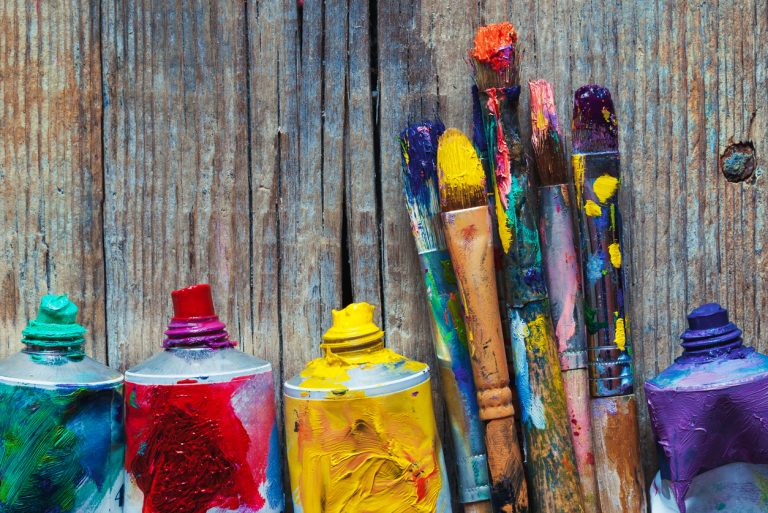The title of this blog post may give the impression that I am about to give you a definitive rundown of all of the things that you should be aware of before you attempt to paint with oils — and of course, within a short article, that is impossible.
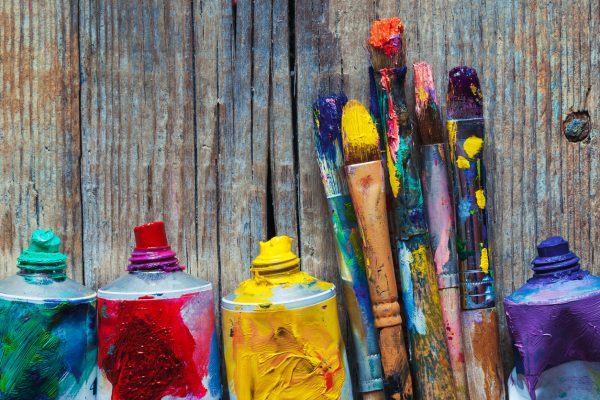
I won’t, for example, address such subjects in this article as the best surfaces on which to paint, or even what kind of space you should work in or certain other accessories that some artists may find more useful than others; however, it is possible that I will touch on many of these topics in subsequent blog posts. You may also, of course, undertake some of your own independent research to enhance your knowledge beyond what I have written in this brief guide.
Nonetheless, the below pointers should help to give you some confidence to start oil painting, especially if you have never tried this fascinating and rewarding medium before.
Where did oil paint come from, and what is it about?
To properly understand the enduring appeal of oil painting today, it is important to know a little something about its origins that have helped to give it such enduring appeal.
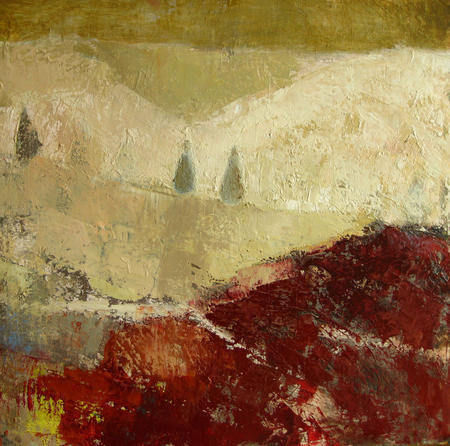
Indeed, while a lot of us tend to regard oil painting as a ‘traditional’ painting medium, in the grand span of art history, it is actually quite young, dating ‘merely’ to the 15th century. Before then, European artists painted with tempera, which is colour pigment bound with egg yolk.
The very fast-drying nature of tempera, however, made it a difficult medium to use. The Flemish painter Jan van Eyck (c. 1390–1441) found that one of his tempera paintings had split while drying in the sun, which prompted him to experiment with raw pigments bound with an oil mixture. He discovered that these oil paints not only dried without cracking, but were also able to be applied in thin, transparent layers that lent a new depth and luminosity to the colours.
The continued popularity of oil painting in the 21st century, meanwhile, can be partly attributed to its astounding versatility — almost any painting style, subject and size of work suits this medium. Secondly, it is a very easy medium for beginners to use, enabling the novice to learn through trial and error by manipulating, building up, overpainting and scraping off paint, without having to worry about ‘starting all over again’ because of a perceived mistake, or wasting expensive materials.
While, then, you cannot expect your first ever oil painting to be a masterpiece, you can certainly expect to gain much knowledge and enjoyment from the process.
What materials and equipment will I need to get started?
The cost of essential oil painting materials can quickly accumulate, so it’s a good idea to swot up first on which purchases would best suit your ‘starter kit’ for the kind of painting that you intend to do. By focusing on the bare minimum first, you will be able to add further brushes, colours and other items to your ‘kit’ as you become surer about your requirements.
Even choosing paints can be trickier than you might imagine, given the differences between artists’ and students’ colours. The latter are, of course, cheaper due to containing less pure pigment and more fillers and extenders. However, it is for this very reason that some painters may consider them a false economy, as they don’t provide the same intensity of colour as their pricier counterparts. Some artists therefore combine the two types — using students’ colours, for instance, for browns and other colours that don’t need to be especially intense, and opting for artists’ colours when purchasing pure colours like red, yellow and blue.
Then, there is the matter of what is known as the ‘medium’, which isn’t the same ‘medium’ that I was referring to earlier. I’m talking about what you might add to the paint to change its properties in some way, given that while it’s possible to simply use oil paint straight from the tube, it won’t be very malleable, thereby making it tricky to use accurately in undiluted form in a small area. You might therefore combine linseed oil with turpentine or white spirit for this purpose, in a ratio of about 60% oil and 40% thinner. If the slow-drying nature of linseed oil would not suit your way of working, you might want to look to faster-drying mediums such as Liquin.
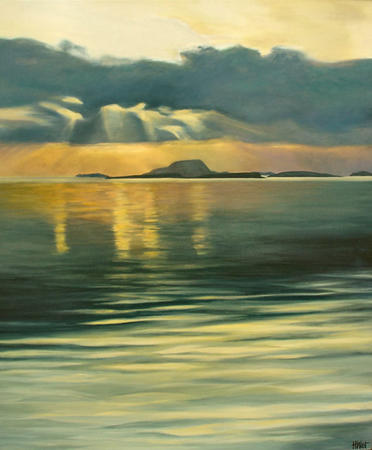
Brushes are obviously similarly vital purchases for oil painting, coming in various types such as flats, brights, rounds and filberts to suit different strokes. Palette knives may also be important, being designed mainly for the purposes of cleaning the palette and mixing paint, as well as, perhaps, to apply the paint to the support. Painting knives, meanwhile, are very much intended for the painting process itself. It’s worth noting, though, that not all artists use painting knives at all, so for your ‘beginner’ kit, an ordinary straight-bladed palette knife is likely to suit you just fine.
Now, what about that other stereotypical piece in the oil painter’s armoury, their palette? Again, there are various shapes, sizes and materials available for these, including thumbhole palettes designed for easel painting, and even disposable palettes made from oil-proof paper, and which save you from having to clean your palette after your session. You might even use an existing item in your possession with a non-absorbent surface as your palette, such as an old white dinner plate. As ever, you are likely to discover over time which solutions suit your habits and requirements best.
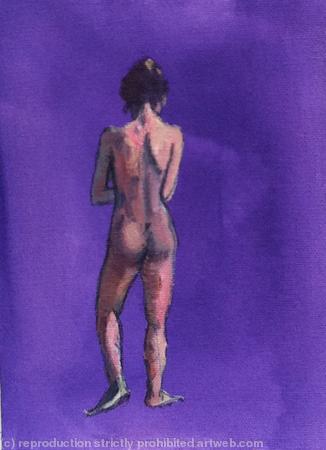
What are you waiting for? It’s time to get painting…
While, in this article, I naturally haven’t been able to touch on everything that you might wish to consider before starting to paint with oils, I hope I have given you enough information and inspiration for this article to serve as a helpful ‘jumping-off point’ for your own preparations and experimentations.
Are there any further things that you would appreciate knowing prior to oil painting, or advice that you suspect would help our readers? If so, don’t hesitate to share your thoughts in the comments section below.
Similar to this:

